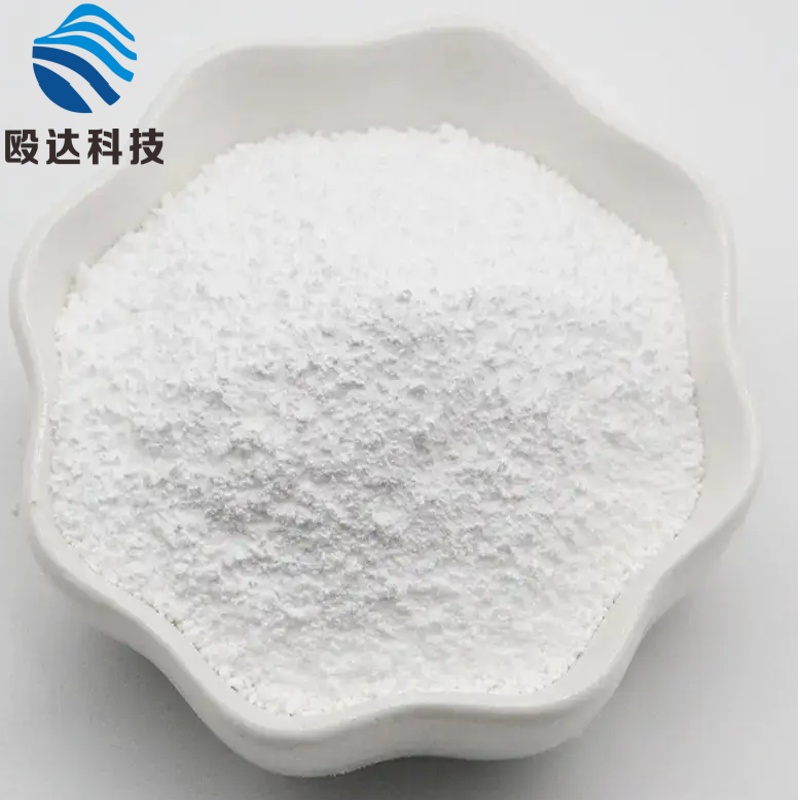-
Categories
-
Pharmaceutical Intermediates
-
Active Pharmaceutical Ingredients
-
Food Additives
- Industrial Coatings
- Agrochemicals
- Dyes and Pigments
- Surfactant
- Flavors and Fragrances
- Chemical Reagents
- Catalyst and Auxiliary
- Natural Products
- Inorganic Chemistry
-
Organic Chemistry
-
Biochemical Engineering
- Analytical Chemistry
- Cosmetic Ingredient
-
Pharmaceutical Intermediates
Promotion
ECHEMI Mall
Wholesale
Weekly Price
Exhibition
News
-
Trade Service
The application of genetic testing technology in companion diagnosis has become increasingly clear
The key to the change in business model is that more and more companion diagnostic kit products are approved
Therefore, in this era, the development of companion diagnostic products related to targeted drugs has almost become a standard in the research and development of pharmaceutical companies
However, this also brings new challenges to the genetic testing industry
This article will take the recent priority approval of the "Human PDGFRA Gene D842V Mutation Detection Kit (PCR-Fluorescent Probe Method)" as an example to discuss the key points of developing a companion diagnostic kit exclusively for innovative drugs
To make up for the clinical blank of avatinib, patients need to be screened out with accompanying diagnosis
The target of drugs is ever-changing, and the corresponding companion diagnostic kits are also complicated
The cooperation between Genetron Health and CStone Pharmaceuticals revolves around the innovative targeted drug Taijihua® (generic name: avatinib)
At first glance, "GIST patients with PDGFRA D842V mutation" seems to be a too small indication, but if you go deeper, you will find that this is actually a very important group of refractory patients
GIST is one of the most common gastrointestinal mesenchymal tumors.
The clinical significance of avatinib is here
But the approval of avatinib has not completely solved the problem
At this point, the importance of a tailor-made companion diagnosis for avatinib is ready to come out
Regulatory and clinical, two major difficulties in the development of drug companion diagnostic products
With the development of the companion diagnostic industry, relevant national guiding principles are gradually being clarified
Communication with supervision is one aspect, and collaboration with the clinical side is also important in the development of companion diagnostic products
At present, in China, more and more diagnostic companies are trying to lay out the cooperation business of pharmaceutical companies.
Still take the cooperation between Genetron Health and CStone Pharmaceuticals as an example
In terms of the combination with the clinical side, due to the relatively low incidence of GIST and the rare PDGFRA exon 18 mutation, the D842V sample collection cycle is long.
Data), the clinical research work of the kit was carried out simultaneously in the Beijing Cancer Hospital, the Affiliated Tumor Hospital of Harbin Medical University and the Shanghai Tenth People's Hospital
.
While ensuring that the data provided to the medical device technical review center is completely consistent with the drug efficacy data provided by the pharmaceutical manufacturer to the drug review center, the clinical verification cycle is shortened and the product launch process is accelerated
.
It is precisely because of the continuous information synchronization with the regulatory authorities and the clinic that this companion diagnostic product of Genetron Health can advance the compliance process at the fastest speed
.
In June 2021, just nine months after the cooperation was reached, the marketing application of the "Human PDGFRA Gene D842V Mutation Detection Kit" was accepted by the NMPA, and then it was granted priority approval in July
.
Three key points penetrate, how does companion diagnostics integrate organically with the development of new drugs?
In the drug R&D cycle, when is it appropriate to start the development of companion diagnostic products? Genetron Health and CStone Pharmaceuticals gave the answer to be synchronized with the drug application and listing
.
In September 2020, it reached an agreement with CStone Pharmaceuticals on the development and commercialization of avatinib in the Greater China region of companion diagnostic reagents
.
More than a month before the announcement of the cooperation, avatinib had just been included in the priority review and approval
.
The companion diagnostics cooperation between pharmaceutical companies is gradually advancing along the timeline of drug development.
Many drugs in the clinical stage have begun to develop supporting companion diagnostic products and are simultaneously included in the clinic
.
In fact, the combination of companion diagnostics and new drug development not only optimizes the development efficiency of companion diagnostic reagents, but also reduces the risk of clinical trials of new drugs to a certain extent
.
In clinical trials of new drugs, by stratifying or enriching patients, companion diagnosis can accurately target the target population and indications, and help drugs obtain more ideal clinical results, thereby shortening the development cycle of new drugs, controlling clinical scale, and improving the success of clinical trials Rate
.
In some specific cases, the inclusion of companion diagnostics may even have a critical impact on the results of clinical trials of new drugs
.
For example, when the efficacy of a new drug is not sufficiently different from that of the comparison drug, the assistance of companion diagnostics will be very important to improve the clinical success rate; when the benefit of patients is relatively low in the population, such as fusion mutation research for some rare targets If accurate screening of the enrolled patients is not carried out, clinical trials may be difficult to succeed
.
However, the early intervention of companion diagnosis also brings greater challenges
.
In the complex research and development of new drugs, it is not easy to optimize the development of companion diagnostic products and the efficiency of clinical trials of new drugs at the same time
.
Among them, there are three key points
.
First, select companion diagnostic products with sufficiently high detection sensitivity and specificity
.
For the development of companion diagnostic kits, performance verification is the core link, and four aspects of accuracy, minimum detection limit, precision and specificity need to be considered comprehensively
.
When benefiting patients are relatively low in the population, the detection specificity of the companion diagnosis has a great impact on the objective response rate (ORR) of clinical trials
.
For example, assuming that a certain biomarker-positive patient accounts for 1% of the patient population, the sensitivity of the companion diagnostic test is 100%, the ORR of the positive patient is 100%, and the ORR of the negative patient is 0, then when the specificity of the companion diagnostic test is 99% On average, there is about 1 false positive in every 2 enrolled patients, and the clinical effect of the drug will be reduced to 1/2; when the specificity of the companion diagnostic test further drops to 98%, there will be about 2 in every 3 enrolled patients False positive, the clinical effect of the drug is reduced to 1/3
.
Secondly, testing companies that develop companion diagnostics need to have considerable technical reliability and stability
.
In the past 10 years, companion diagnostic technology has diverged
.
For example, in the selection of biomarkers, there is a trend of shifting from a single target to a composite target; the types of samples continue to expand, from mainly tissue samples to diversified choices including liquid biopsy samples; detection technology It also continues to iterate, from the previous focus on qPCR, IHC, and FISH targeting a single target, to the presentation of various NGS panels characterized by enrichment of biomarkers
.
In other words, the R&D team of companion diagnostic products needs to have strong technical capabilities and testing experience in order to bring real value to the optimization of clinical trials of new drugs
.
Third, genetic testing companies need to have rich registration experience and a strong registration team, work with the relevant teams of new drug companies to formulate and implement appropriate registration strategies, and maintain close communication with the regulator
.
Including the development of companion diagnostics in clinical trials of new drugs requires the cooperation and joint promotion of both pharmaceutical companies and testing companies.
The teams of both parties shall be responsible for the registration and approval of their respective products to ensure the synchronized and early completion of the listing process
.
In particular, many new drugs now adopt the Sino-US dual reporting strategy, so it is even more necessary for genetic testing companies to have the capability of Sino-US dual reporting to complete joint registration
.
In general, the companion diagnostics industry that accurately matches drugs has just emerged in China
.
This wave is a cross product of the prosperity of the domestic innovative medicine industry and the genetic testing industry, and it is also the general trend of precision medicine
.
When we see more and more outstanding cases appear, it means that this intersecting field of continuous focus is gradually constructing a development model that conforms to the characteristics of the industry
.
In this period, the guiding role of successful cases is beyond doubt
.
We are also looking forward to seeing more collaborations like Genetron Health + CStone Pharmaceuticals emerge, so that all targeted therapies can really be based on
.







